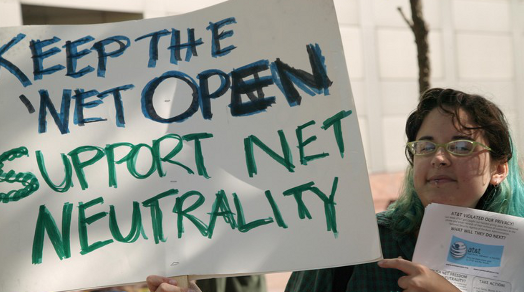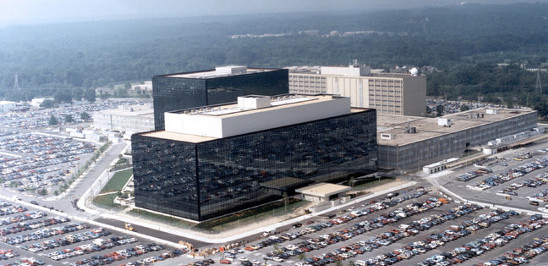As the people of this country, and much of the world, observe the year-end holidays, we can look back on 2013 as the year when any illusion of genuine democracy was dashed by the remarkable revelations about the police-state surveillance that watches us. Last week, we saw a deeply disturbing stroke added to that incrementally developing picture.
In the ever-expanding and groan-provoking saga of the NSA’s attack on our privacy, it was revealed that the agency paid a major Internet security firm to insert a flawed encryption formula into the company’s software. The news, sparked by leaks from Edward Snowden and first reported by Reuters, raises serious questions about the security of popular encryption programs and indicates that the U.S. government was consciously involved in massive and very destructive fraud.
 The Accomplice: RSA's logo
The Accomplice: RSA's logo
The revelations indicate that the NSA paid $10 million to RSA, one of the most prominent encrytion software companies in the world, to include the NSA’s own encryption formula in a very popular and heavily used encryption product called “Bsafe”. While Bsafe offers several encryption options, the default option (the one you use if you don’t specifically choose any) is the NSA’s own code.
The massive attack on encryption by the NSA has been reported before but this recent revelations about payments made demonstrate an intentionality to defraud and a complete disregard for the law, honesty and people’s rights. RSA offered a partial and fairly weak statement of defense. The NSA has yet to comment.








